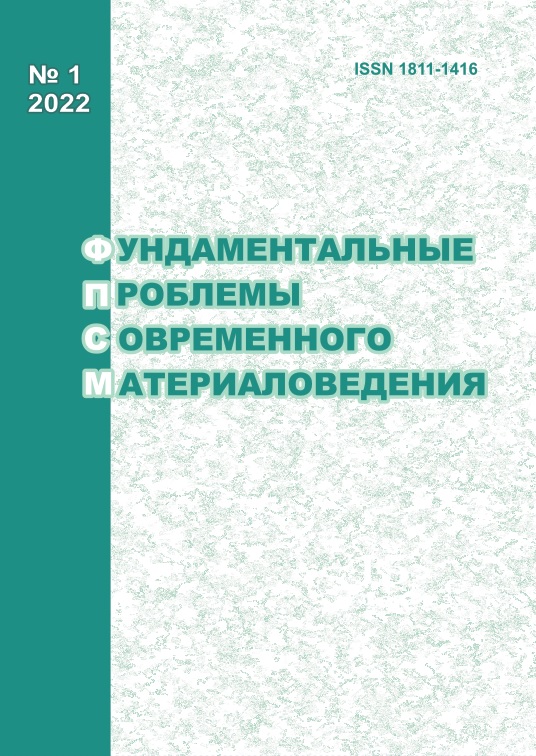УПРУГИЕ ВОЛНЫ И ИХ СТОЛКНОВЕНИЯ С N-КРАУДИНАМИ В 3D КОМПЬЮТЕНОНОЙ МОДЕЛИ ГЦК КРИСТАЛЛА Ni
10.25712/ASTU.1811-1416.2022.01.002
Ключевые слова:
метод молекулярной динамики, упругие волны, краудион, краудионный комплекс, кристаллическая решёткаАннотация
В данной работе посредством метода молекулярной динамики с использованием потенциала Морзе, рассматриваются условия возбуждения продольных упругих волн в различных направлениях и результаты их столкновений с N-краудионами в 3D компьютерной модели ГЦК решётки кристалла Ni. Известно, что любые возмущения в кристаллической решетке безграничного кристалла возбуждают лишь продольные волны. В тех случаях, когда модельная ячейка представляет собой вытянутый прямоугольный параллелепипед, продольная волна, распространяющаяся вдоль направления плотной упаковки атомов под углом к наиболее протяжённой стороне ячейки, испытывает многократные отражения от стенок, в результате чего у этой волны появляется поперечная составляющая относительно наиболее протяжённой грани модельной ячейки. Моделировалось встречное столкновение этой волны и обладающего сверхзвуковой скоростью N-краудиона, включающего в себя два или три междоузельных атома. Скорости N-краудионов варьировались в диапазоне от 1,3×104 до 1,8×104 м/c. Во всех случаях после столкновения N-краудиона с волной, имеющей поперечную составляющую, происходила перестройка N-краудиона в краудионный комплекс, ориентированный вдоль направления движения продольной волны, испытывающей многократные отражения от стенок модельной ячейки.











 Журнал «Фундаментальные проблемы современного материаловедения»
Журнал «Фундаментальные проблемы современного материаловедения» Контент доступен под лицензией
Контент доступен под лицензией 
